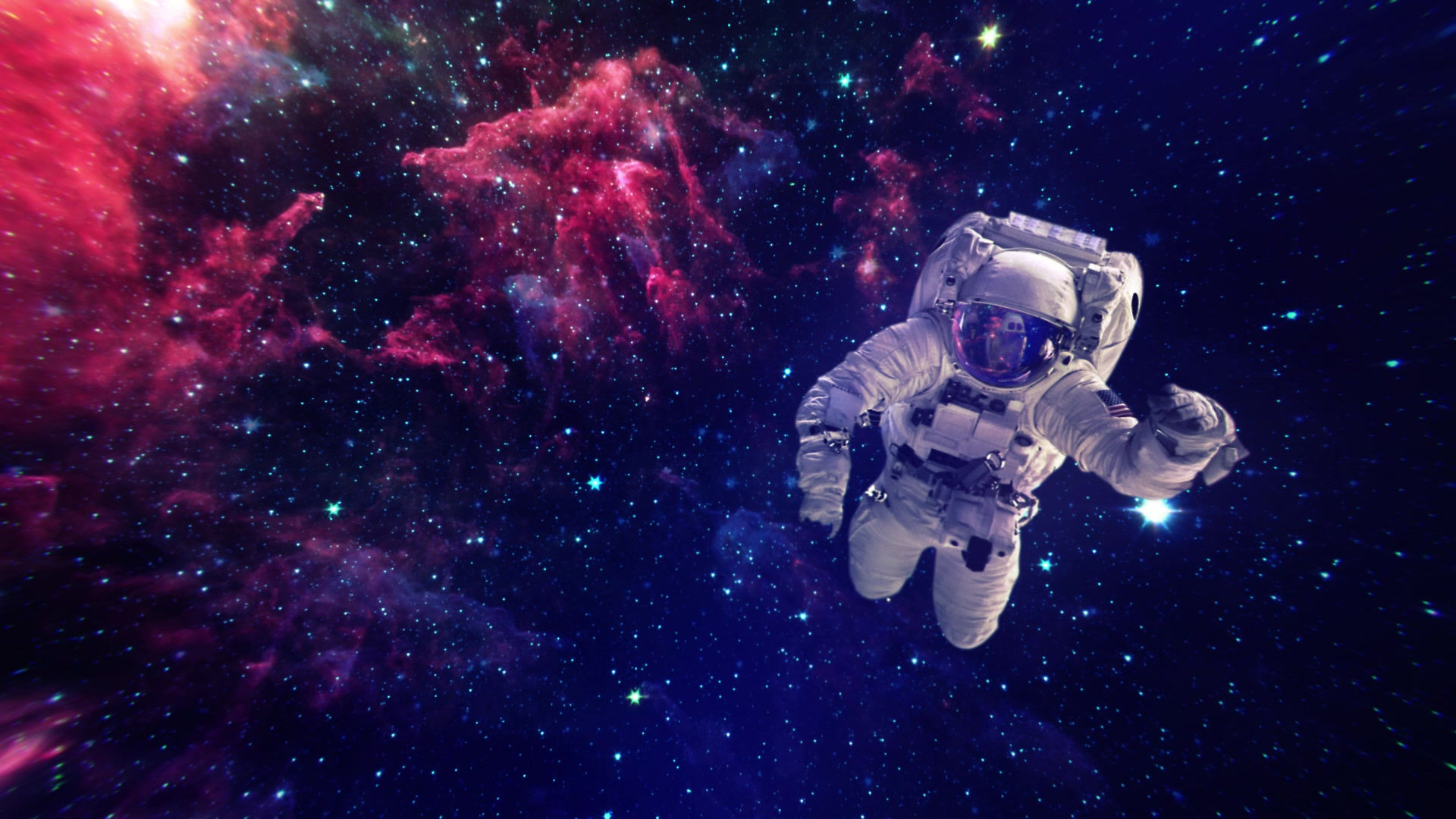
Jamuel's Educational Space Science Blog
HAVE
FUN
LEARNING
Katherine Calvin, Chief Scientist for NASA
Dr. Katherine Calvin is NASA’s chief scientist, a position she has served since her appointment on Jan. 10, 2022.
As chief scientist, Calvin advises agency leadership on the agency’s science programs and science-related strategic planning and investments. She also has served as senior climate advisor, where she provided recommendations for the agency’s climate-related science, technology, and infrastructure programs.
Calvin will serve in this capacity under the Intergovernmental Personnel Act Mobility Program, which provides for the temporary assignment of personnel between the federal government and state and local governments, colleges and universities, Indian tribal governments, federally funded research and development centers, and other eligible organizations.
FIRST RECORDED SOUNDS ON MARS LISTEN HERE!!
COOL TOUR OF SPACE STATIONS

Exploring The Solar System: A Fun Adventure
Have you ever wondered about the amazing space around us? Our solar system is full of exciting planets, moons, and the Sun. It's like a giant neighborhood in space, and today we're going to take a fun trip to learn about it!
What Is the Solar System?
The solar system is a collection of the Sun, planets, moons, asteroids, comets, and other space objects that are all bound together by gravity. It’s like a huge cosmic family, and the Sun is the parent that holds everything together!
Meet the Planets
There are eight planets in the solar system. Each planet is unique and has its own special characteristics. Let’s take a closer look at them:
1. **Mercury** – The smallest planet and closest to the Sun. It’s super hot during the day and freezing cold at night.
2. **Venus** – Often called Earth’s “sister planet,” Venus is very hot and covered in thick clouds.
3. **Earth** – Our home planet! Earth has water, air, and life, making it unique in the solar system.
4. **Mars** – Known as the "Red Planet," Mars has a cold, desert-like surface.
5. **Jupiter** – The biggest planet! Jupiter is a gas giant with a famous storm called the Great Red Spot.
6. **Saturn** – Saturn is famous for its beautiful rings made of ice and rock.
7. **Uranus** – This planet spins on its side and is a cool blue color because of methane gas in its atmosphere.
8. **Neptune** – The farthest planet from the Sun, Neptune is very windy and has a deep blue color.
What About the Sun?
The Sun is at the center of our solar system, and it’s the source of light and energy for all the planets. Without the Sun, there would be no life on Earth! It’s a huge ball of hot gas, and it helps plants grow, gives us warmth, and keeps the planets in orbit.
Moons and Other Fun Facts
Did you know that many planets have moons? Moons are natural satellites that orbit around planets. For example, Earth has one moon, but Jupiter has over 70 moons! Some moons are small, while others are much larger than Earth’s moon.
There are also asteroids and comets in the solar system. These small objects travel through space and sometimes come close to planets like Earth.
Why Is the Solar System So Special?
The solar system is a fascinating place, and there’s always something new to learn. Scientists use telescopes and space probes to study the planets, moons, and stars. Who knows? One day, you might become an astronaut and explore space yourself!
----
#solarSystemForKids #planetsInSpace #solarSystemExploration #spaceScience #learnAboutThePlanets #funWithSpace #scienceForKids #spaceAdventures #outerSpaceFun #planetaryScience




